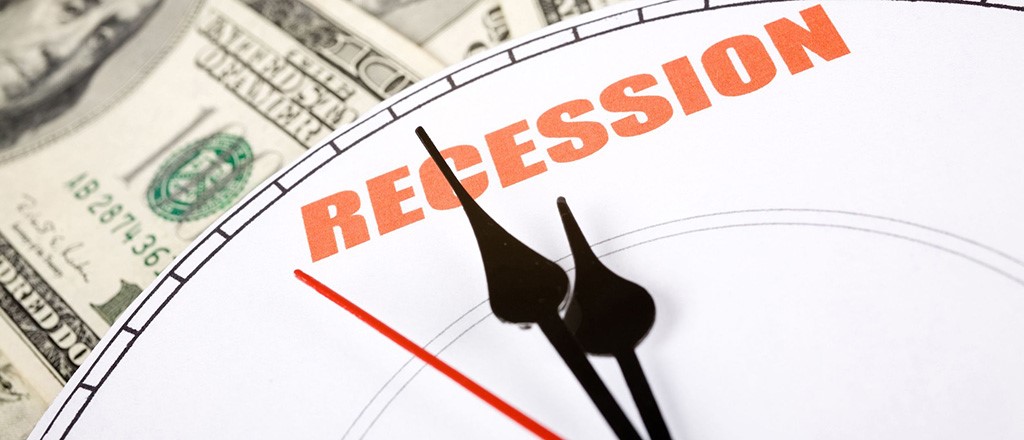Isaac Gilinski Defines the Positive and Negative Changes Associated with a Recession
The global markets may be moving toward a recession as of 2019. Recessions are uniquely damaging to the world financial landscape, with ripple effects that promulgate throughout many different industries and economic sectors. The possibility of a recession worries many financial experts, but Isaac Gilinski of Brickell Analytics believes that these economic storms can be weathered if investors use the proper investment techniques in their portfolio management.
Trademarks
Gilinski owns the trademark Rising Yield Deflation®, under three separate registrations. USPTO numbers 87593589, 85576596, and 8532513 are registered under Brickell Analytics LLC. The Rising Yield Deflation® trademark is a staple of The Brickell Report, Gilinski’s newsletter and research service.
A trademark is defined as a type of intellectual property which can be used to identify services or products. Trademarks can be owned by any legal entity, organization, or individual. Trademarks are often called service marks when they are applied to services. Companies use trademarks in their signage, packaging, labeling, and advertising.
The trademark was invented in the 13th century in England, where government officials mandated that each loaf of bread was stamped with its originating bakery. It has developed into an important part of how companies do business, adapting for each era. Modern trademark laws were instituted in the 19th century. Registration of trademarks requires a legal application to a country’s patent board.
Trademarks are an important way that businesses protect their intellectual property. This can help businesses gain a competitive advantage over their rivals. When trademarks are violated, the original owner can take action in court, resulting in cease and desist orders and in some cases fines for the infringing party.
Anatomy of a Recession
Many people are aware that a recession happens when economic growth stagnates or reverses. Economic growth is generally measured by equity, bond, and commodity prices. When these prices are in a consistent state of negative growth, it is understood that a recession or market correction is in place.
A recession is defined by a contracting business cycle where a decline in economic activity occurs. Various economic indicators can point to a recession in progress or one that is about to take hold. These indicators include unemployment rate, currency prices, drops in consumer spending, and rising interest rates.
General drops in spending can cause a recession. This is known as an adverse demand shock. A number of different economic conditions can cause recessions, including financial crises, external trade shocks, or the end of an economic “bubble.”
Recessions impact GDP, income, industrial production, employment, and wholesale and retail sales. The impacts on employment are especially damaging, since companies need to let employees go in order to keep up with their declining financial returns. Sometimes these jobs take five to ten years to come back, meaning that people need to look in other industries to find work. This can also lead to long-term unemployment and underemployment.
Businesses experience lower productivity during recessions, but these conditions can turn around as weaker companies close their doors. This makes the surviving companies stronger and means that they are better able to meet market demands in the future.
Another significant effect of a recession is a rise in anti-competitive mergers. Competition between companies is healthy and causes the economy to become stronger. A lack of competition can cause the economy to stagnate and may be responsible for the slow recovery from the Great Depression.
Recessions and Currency Prices
During a recession, the US dollar may rise, along with the Japanese Yen. While inexperienced economy watchers may believe that a rising dollar and Yen formulate an undisputed advantage, this is seen as a possibly damaging harbinger of a recession. This means that the fundamentals of the market are not in agreement with each other. This unsustainable difference can draw the attention of market policy makers.
Portfolio Management Strategies for Recession
In a recession, when bond prices drop and interest rates rise, it is better to actively manage a portfolio than it is to stay in for the long haul. It is smart to take a look at all the market sectors, currencies, commodities, equities, and rates and to follow the macro correlations closely.
Companies move up and down in relation to the market. When the index rallies, companies rally, and when the index declines, companies decline. The optimal approach to portfolio management during a recession is to follow the large cap indices, like the S&P 500, the DOW, and the NASDAQ.
Portfolio Management and the Recession
With smart portfolio management, it is possible for an investor to come out on top even during a recession. During a recession when bond, commodity, and equity prices drop simultaneously and the dollar and yen rise, active portfolio management is a must. Using a tactical approach to markets allows investors to stabilize their portfolios and to profit from the inevitable market downturns.
Market technicians like Isaac Gilinski keep an eye on the markets, tracking the ups, the downs, and the turns. When conditions point to a recession, wise investors will know how to respond. The Brickell Report newsletter together with its signature trademark Rising Yield Deflation® can be a valuable tool to follow, during a recession.



